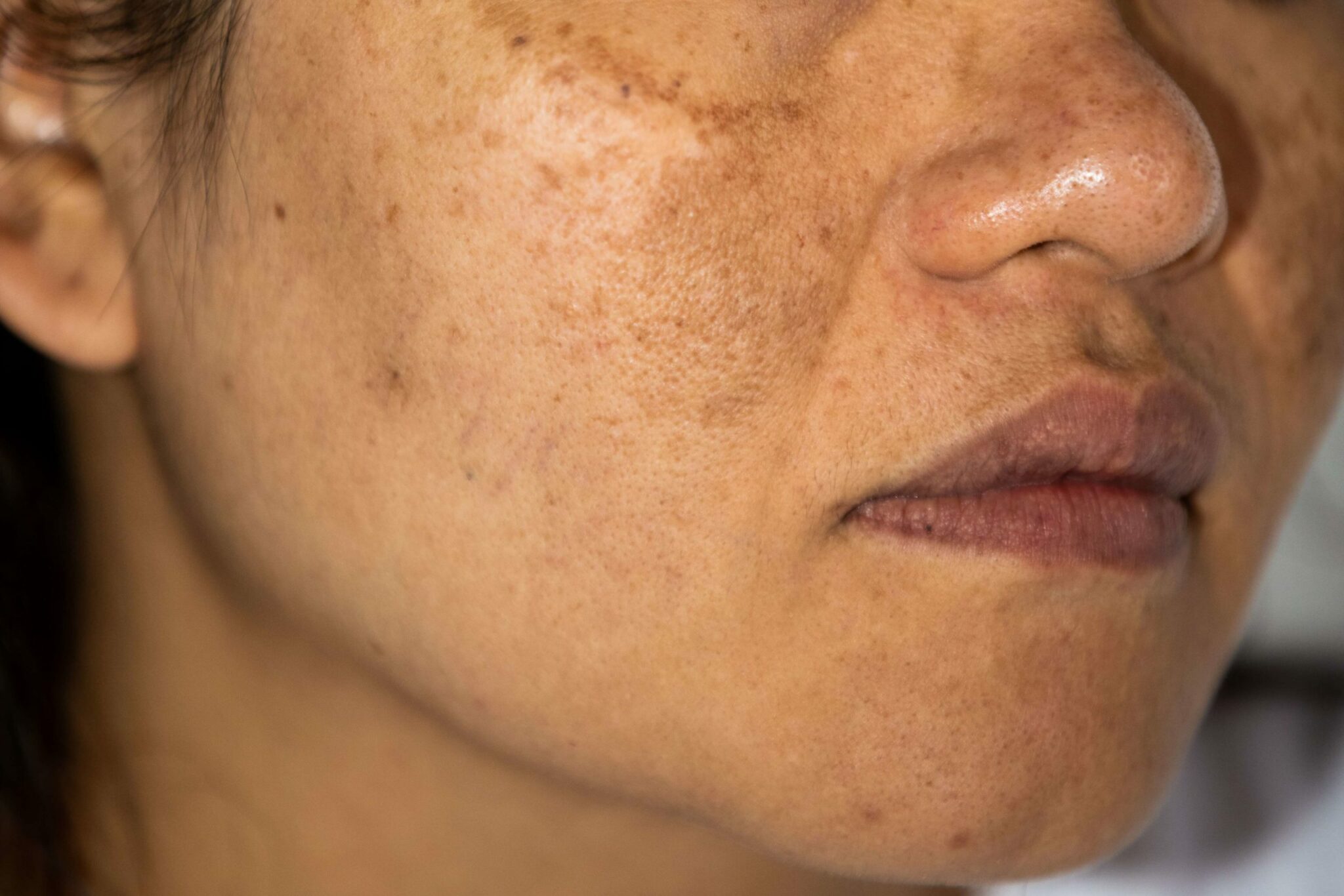Hyperpigmentation in Pregnant Women

Hyperpigmentation is very common during pregnancy, affecting up to 90% of women. Typically it presents as a dark line down the middle of the stomach, called the linea nigra, a darkening of the areolas, and as irregular brown patches on the face and neck. When hyperpigmentation patches appear on the face, the condition is described as the ‘mask of pregnancy’ (melasma). As with most bodily changes observed during pregnancy, hyperpigmentation is attributed to differing levels of the hormones oestrogen and progesterone. During pregnancy oestrogen levels rise and this causes the melanocytes (pigment-producing cells) to increase in activity, hence the appearance of brown patches.
Although the condition is primarily hormonally-driven, exposure to the sun can aggravate the issue, so hats and protective clothing should be worn, and a sunscreen with an SPF of at least 30 is recommended.
Usually completely benign in nature, the hyperpigmentation seen during pregnancy frequently disappears completely, or significantly reduces, after delivery.
Sources
- Massinde, A, et al. “Extensive Hyperpigmentation during Pregnancy: a Case Report.” Journal of Medical Case Reports, vol. 5, 19 Sept. 2011, p. 464., doi:10.1186/1752-1947-5-464.










